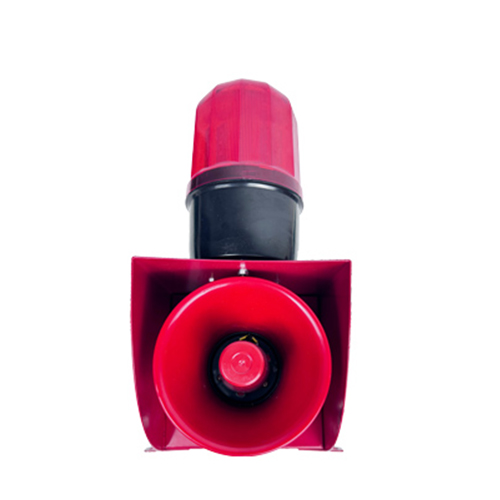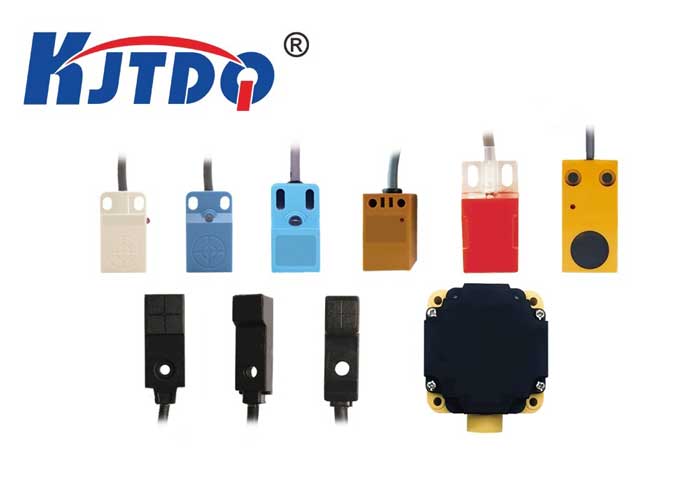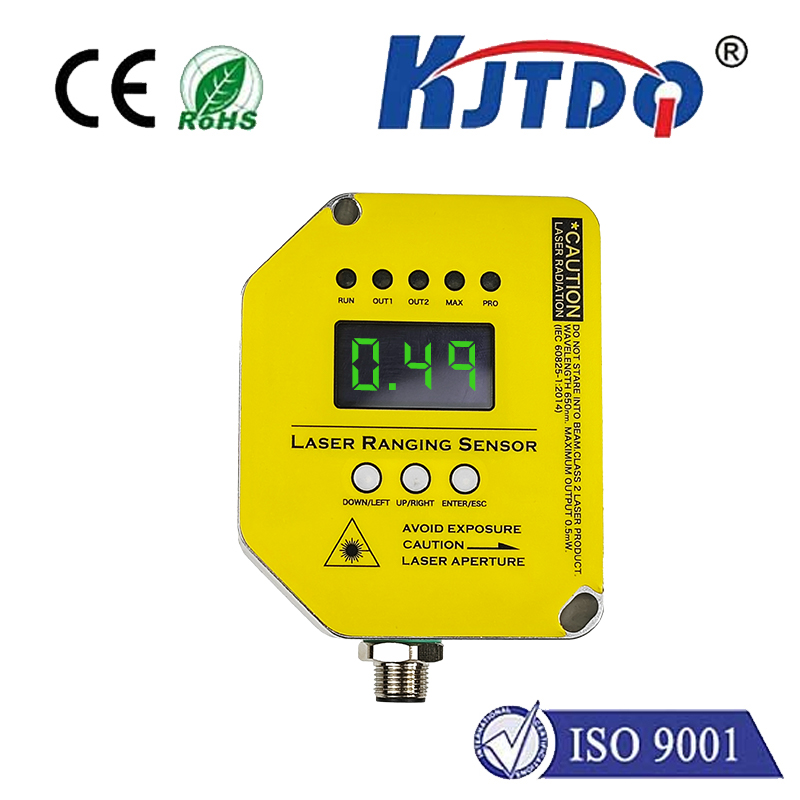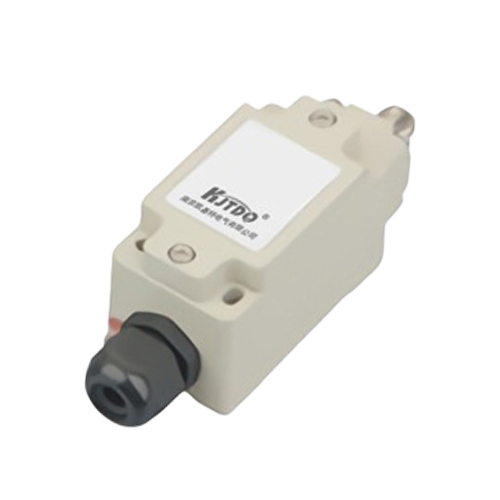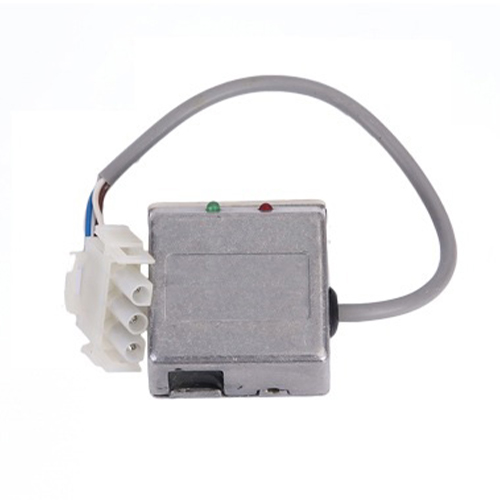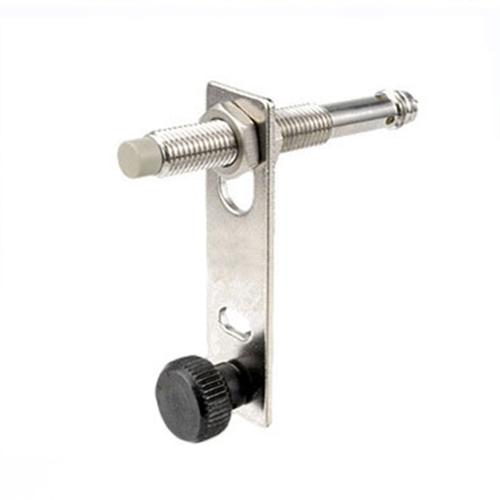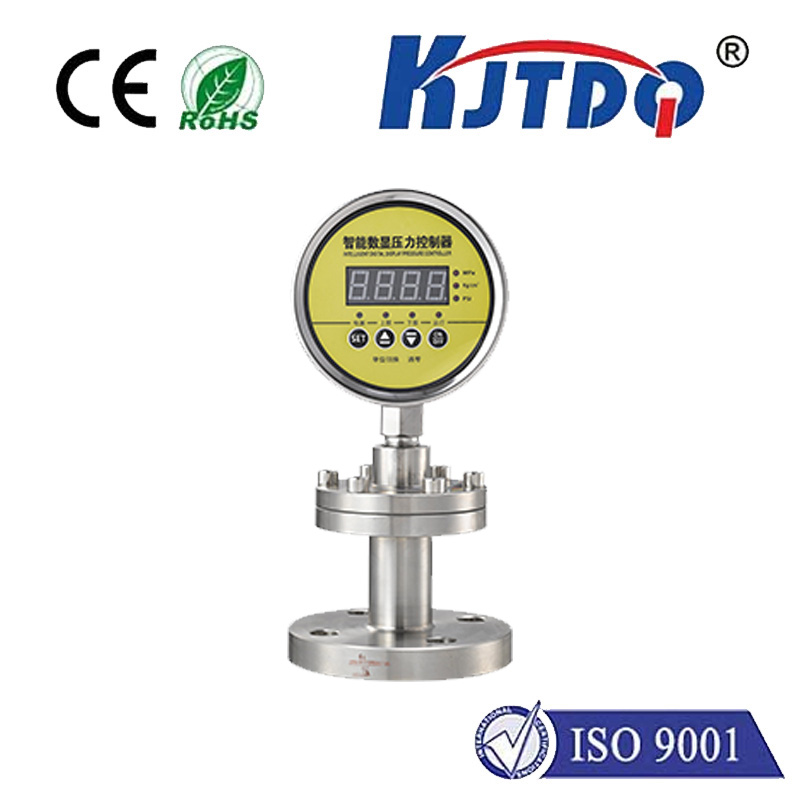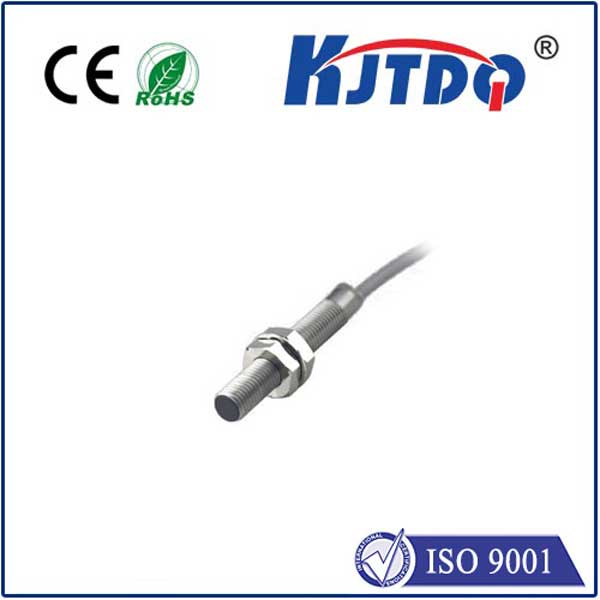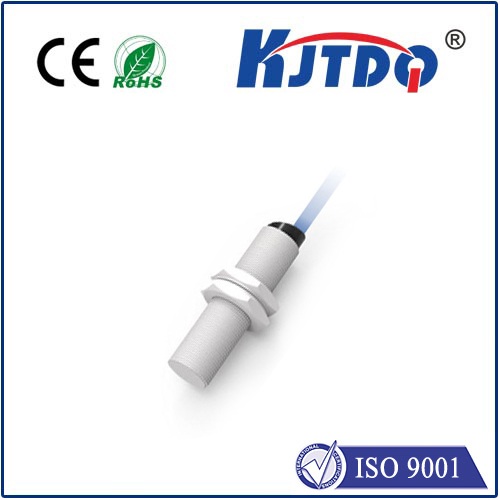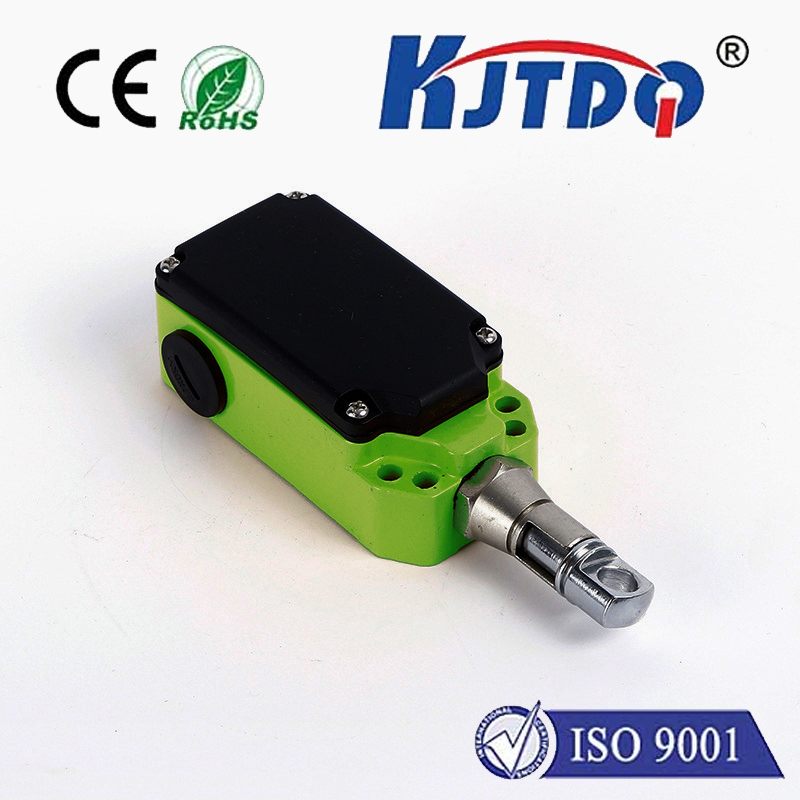rocket appartamento high limit switch
- time:2025-08-07 03:32:01
- Click:0
Rocket Appartamento High Limit Switch: Your Boiler’s Critical Guardian (And What To Do When It Trips)
That perfect morning espresso ritual shattered. Your Rocket Appartamento powers on, the pump hums, but… no heat. No steam. Just cold disappointment. Often, the silent culprit behind this frustrating scenario is a small but vital safety component: the high limit switch (HLS). Understanding its role and knowing how to respond when it activates is essential for any Appartamento owner.
What is the High Limit Switch and Why Does Your Appartamento Need It?
Imagine the heart of your Rocket Appartamento: its boiler. Constantly heating water under pressure demands robust safety mechanisms. Enter the high limit switch. This is an independent, fail-safe thermostat designed solely to protect your machine from catastrophic overheating. It sits directly on the boiler, constantly monitoring its temperature.
While the machine’s primary thermostat controls regular heating cycles (turning the heating element on to reach brew/steam temperature, then off), the HLS acts as an emergency brake. If the primary thermostat fails (stuck “on”), or if another issue like a severe scale buildup or faulty relay causes uncontrolled heating, the boiler temperature would keep climbing dangerously high. This poses severe risks:

- Boiler Damage: Extreme heat can warp or rupture the boiler.
- Pressure Hazard: Overheating creates excessive steam pressure, risking explosion.
- Fire Risk: Electrical components or surrounding materials could ignite.
- Component Failure: Nearby wiring, gaskets, and plastic parts can melt.
When the boiler temperature reaches a critical, pre-set threshold (typically around 125-130°C / 257-266°F, significantly higher than the operating range), the high limit switch trips. This physically breaks the electrical circuit powering the heating element, instantly stopping any further heat generation. Your machine shuts down its heating capability to prevent disaster. It’s a non-resettable fuse or a manual reset switch, meaning it won’t automatically turn the heat back on – it requires user intervention once the underlying problem is fixed.
Recognizing the Symptoms: Has Your High Limit Switch Tripped?
Don’t confuse a tripped HLS with a simple heating element failure or other common issues. Here are the definitive signs pointing towards an activated Rocket Appartamento high limit switch:
- Cold Machine, Lights On: The machine powers up normally (power light on, pump might run for fill cycles), but the boiler shows absolutely no sign of heating – no warmth radiating, no pressure gauge movement if applicable.
- No Steam or Hot Water: You get no steam from the wand and only cold water from the hot water tap/group head.
- Silent Element: Listen carefully near the machine’s base. You should normally hear a faint click when the heating element engages/disengages and perhaps a very low hum. If it’s completely silent in that regard (even after 10-15 mins powered on), the heating circuit is likely broken.
- (Sometimes) Tripped Circuit Breaker/GFCi: While the HLS itself is internal protection, a severe overheat event might also trip an external safety device.
Diagnosis and Action: What To Do Next
Caution: Always ensure the machine is unplugged and completely cold before attempting any inspection!
- Confirm Power & Basics: Rule out simple issues first. Is the machine plugged in securely? Has a house circuit breaker or GFCI outlet tripped? Reset if necessary. Check your main power switch.
- Check for Obvious Heat: After being plugged in for 15-20 minutes, carefully touch the sides (especially near the boiler area) or base of the machine. If it’s stone cold, while lights/pump work, it strongly suggests the heating circuit is interrupted.
- Locate the High Limit Switch: On the Rocket Appartamento, the HLS is typically mounted directly onto the brass boiler, near the primary thermostat and heating element terminals. It’s a small, disc-shaped component (about 1-1.5cm diameter) with two wires connected, often featuring a small red button in the center (for reset types) or appearing as a sealed unit (non-resettable fuse type). Consult your manual or reliable online visual guides specific to your model year for precise location.
- Test Resistance (Advanced): Only if comfortable with a multimeter. Unplug the machine, let it cool, and disconnect the HLS wires. Measure resistance across the switch terminals. A “closed” (good) switch should show very low resistance (near 0 ohms). An “open” (tripped) switch will show infinite resistance (OL on the meter). Confirming infinite resistance confirms the switch has tripped.
Resolving a Tripped High Limit Switch: Fixes and Prevention
Finding a tripped HLS is a symptom, not necessarily the root cause. Simply resetting or replacing it without addressing why it tripped will likely lead to immediate re-tripping or future failure.
- Resetting a Manual Reset HLS (If Applicable): Only proceed if you’ve investigated potential causes. Some Appartamento models use a manual reset HLS. If yours has a small red button:
- Ensure the machine is UNPLUGGED and COLD.
- Press the reset button firmly. You should feel or hear a faint click.
- Plug the machine back in. If it starts heating normally and you have identified/fixed the reason it tripped, you may be operational. If it trips again immediately or soon after, STOP. The underlying issue remains.
- Replacing a Tripped HLS (Common Solution): Many Appartamento HLS units are non-resettable fuses. If tripped, replacement is mandatory. Even reset types should be replaced if tripped, as their reliability after the event can be compromised.
- Purchase the Correct Part: Source the exact replacement HLS specified for your Rocket Appartamento model year from an authorized Rocket Espresso parts dealer or reputable supplier. Using an incorrect rating is dangerous.
- Replace Carefully: Unplug and cool the machine. Disconnect the wires (note positions/photos), unscrew the old HLS. Apply a small amount of high-temperature thermal paste (like silicone grease rated for >200°C) to the boiler contact surface of the new HLS. Screw it firmly into place. Reconnect the wires securely to the correct terminals.
- Crucially: Identify WHY it Tripped: Replacing the HLS without addressing the cause is futile and dangerous. Common causes include:
- Failed Primary Thermostat: This is the most likely culprit. If the primary thermostat sticks “on,” it will cause overheating until the HLS trips. Testing/replacing the primary thermostat is usually required alongside the HLS replacement.
- Severe Scale Buildup: Thick limescale on the heating element acts as insulation, trapping extreme heat at the element surface, fooling thermostats and causing local overheating that triggers the HLS. A thorough descaling is critical if scale is suspected.
- Faulty SSR (Solid State Relay) or Control Board: Electronic components controlling power to the element could malfunction, keeping power applied continuously. Requires professional diagnosis.
- Low Water Level: If the boiler ran dry, the element overheats extremely rapidly, tripping the HLS. Check auto-fill sensor/valve function. Never run the machine without adequate water.
3.






